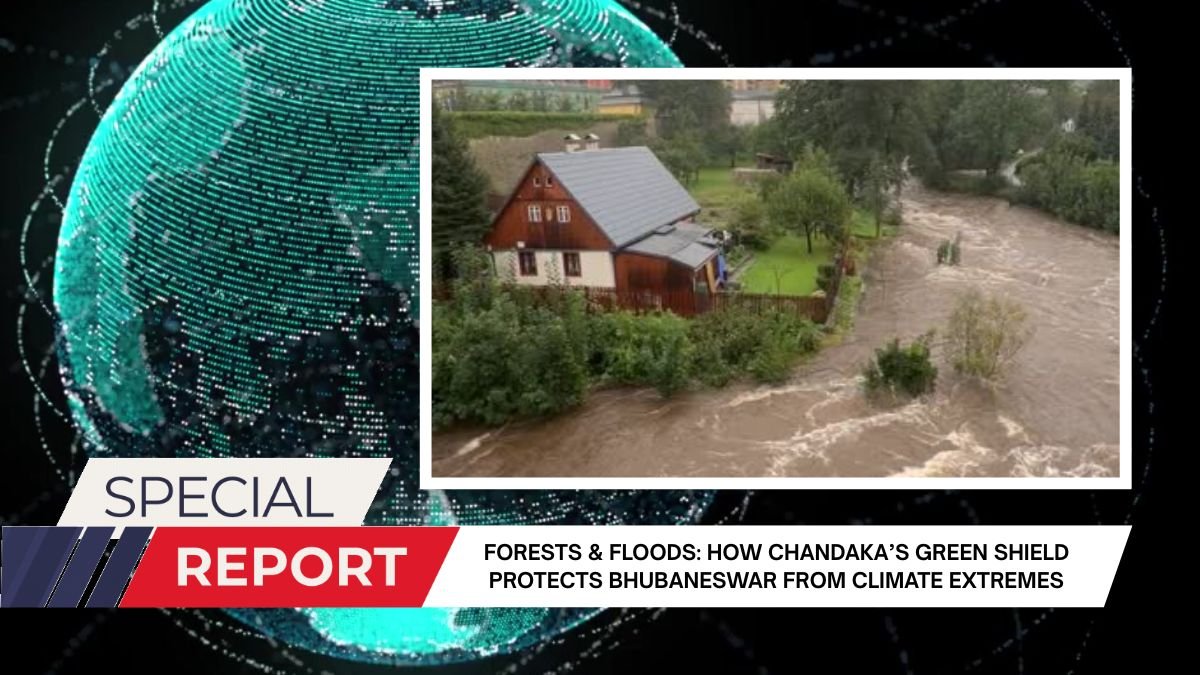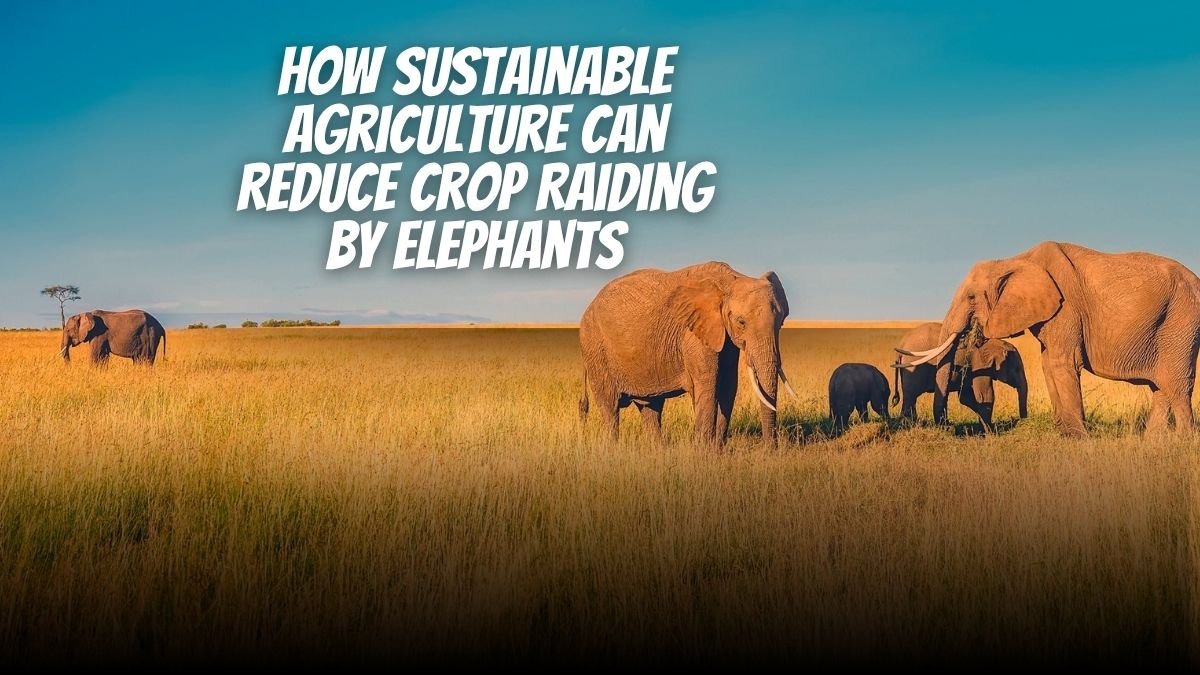How Community Forest Management is helping to protect India’s last green frontiers
Community Forest Management (CFM) is becoming a revolutionary method towards saving forests and preserving nature in India. In this, the people of the village, tribal community, women’s groups and local citizens themselves come forward and take the responsibility of looking after and protecting the forests around them. This method not only talks about saving the forest, but also connects people with the forest, brings change in their lives and also exchanges traditional knowledge.
Let’s understand how community forest management works, what are its benefits and how it is saving the last lines of forests in India.
1. Community participation and sense of ownership
Active participation
When it comes to protecting forests, the government cannot do anything alone. So now the people of the village themselves monitor the forest, prevent tree cutting, prevent fire and decide who will get what resources. This benefits the forest as well as the people.
Your rules, your decisions
Village committees make their own rules for forest use – when wood can be cut, which areas are allowed for grazing, and which areas are kept completely protected. These rules are made with the consent of the people, so everyone follows them.
Use of traditional knowledge
Adivasis and local people have experience in forests for generations – they know which plants are used for medicine, which animals are seen when, which season is more prone to fire. CFM takes this traditional knowledge into account, which leads to better results.
2. Environmental benefits
Protecting biodiversity
When forests are well cared for, the species there – rare birds, herbal plants, small animals – are all protected. For example, tigers and elephants are now being seen again in some areas of Odisha and Chhattisgarh because CFM has strengthened there.
Carbon storage and impact on climate
When trees are safe, they absorb carbon dioxide from the atmosphere. This helps in reducing global warming. We call this “Carbon Sequestration”.
Healthy forest system
Controlled forest fires, giving rest to some areas, re-sowing seeds – all these measures keep the forest healthy. This improves the quality of the soil and increases the water holding capacity.
Balanced use of resources
CFM ensures that the use of forest products like wood, leaves, honey, bamboo etc. is balanced – neither too much, nor too less. This will also provide forests to future generations.
3. Social and economic benefits
Means of livelihood
By joining CFM, people do work like beekeeping, bamboo handicrafts, cultivation of medicinal plants, preparation of organic fertilizer etc., which gives them income and employment.
For example, in Jharkhand’s Garhwa district, women make and sell soaps, incense sticks and herbal oils from forest produce – increasing their income and bringing self-reliance.
Women’s Empowerment
In many states, women are now becoming chairpersons of forest committees, taking decisions and monitoring forests. This is boosting their self-confidence and helping them escape domestic violence or poverty.
Reduction in Deforestation
When forests become a source of livelihood and the community benefits from it, people themselves stop cutting trees. This stops deforestation and loss of biodiversity.
Unity in the Community
Village people work together while taking care of forests. This creates social harmony, increases mutual cooperation and gives new life to the village culture.
4. Challenges and future directions
Policy gaps
Sometimes government policies exist only on paper, their impact is not visible on the ground level. Sometimes the process of sharing benefits is also not transparent. Therefore, there is a need to change the policies so that CFM can get the right support.
Human intervention
In some areas, illegal logging, illegal mining or encroachment is still happening – this harms the efforts of CFM.
Marginalized communities
Many times tribal, Dalit and poor sections do not get full right to take decisions in CFM. It is important that everyone participates and everyone’s voice is heard.
Tackling climate change
CFM should also be included in climate change strategies, so that it can be a support even in times of crisis.
Some inspiring examples in India
- Nayagarh district of Odisha – Here hundreds of villages together formed their own forest committee and started monitoring the forest themselves. As a result, the area became green again and wildlife started returning.
- Gadchiroli district of Maharashtra – Here the tribal communities organized the trade of tendu leaves and bamboo, which earned millions of rupees and the youth got employment in the village itself.
- Some villages of Meghalaya and Nagaland – People there are creating conservation areas for birds in community forests, which is increasing the biodiversity of the state as well as tourism.
Conclusion
In a large and diverse country like India, where millions of people depend on forests, community forest management is a practical, powerful and effective way to protect forests. This not only maintains the balance of the environment, but people can also be empowered socially and economically.
In the coming times, if the government, community, NGO and youth together strengthen CFM, then















